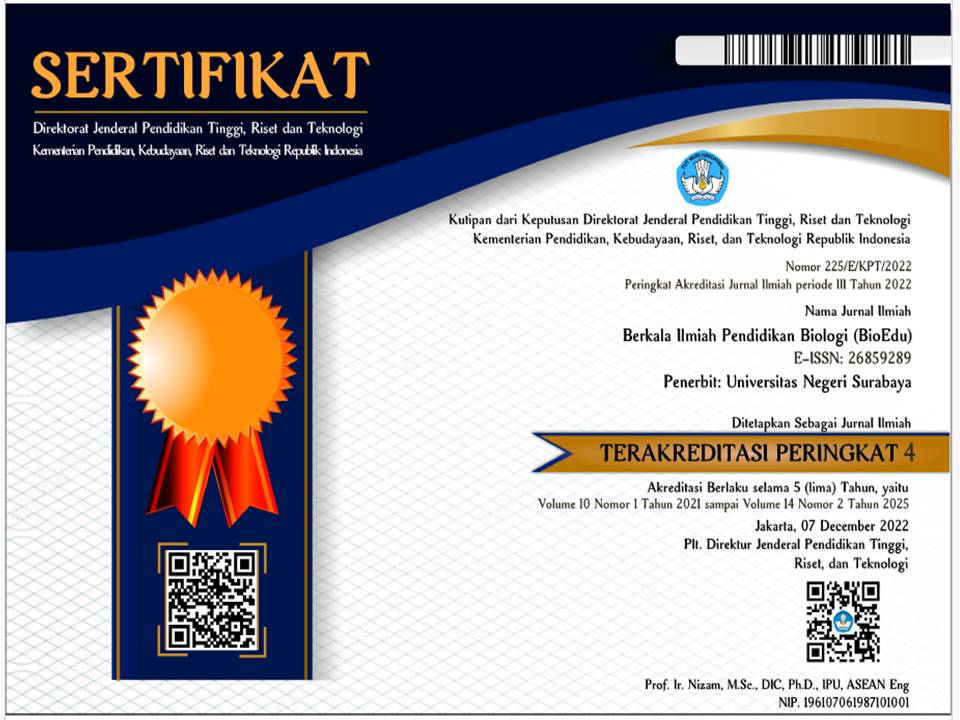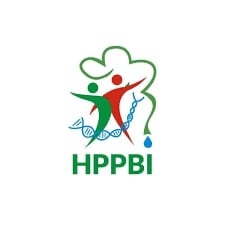THE DEVELOPMENT OF AN AUTHENTHIC INSTRUMENT FOR TO THE MATTER ENVIRONMENTAL CHANGES CLASS X HIGH SCHOOL IN ORDER TO STUDY RESULTS STUDENTS
Downloads
Download data is not yet available.
 Abstract views: 136
,
Abstract views: 136
, PDF Downloads: 121
PDF Downloads: 121













